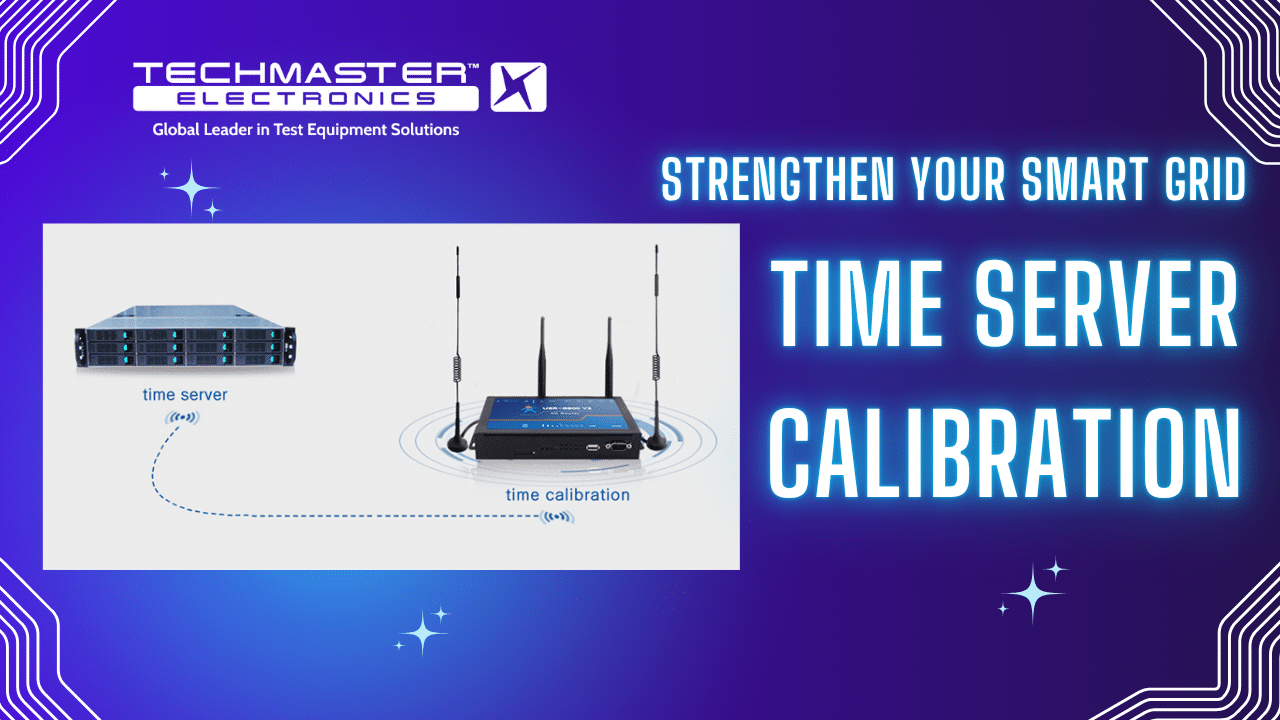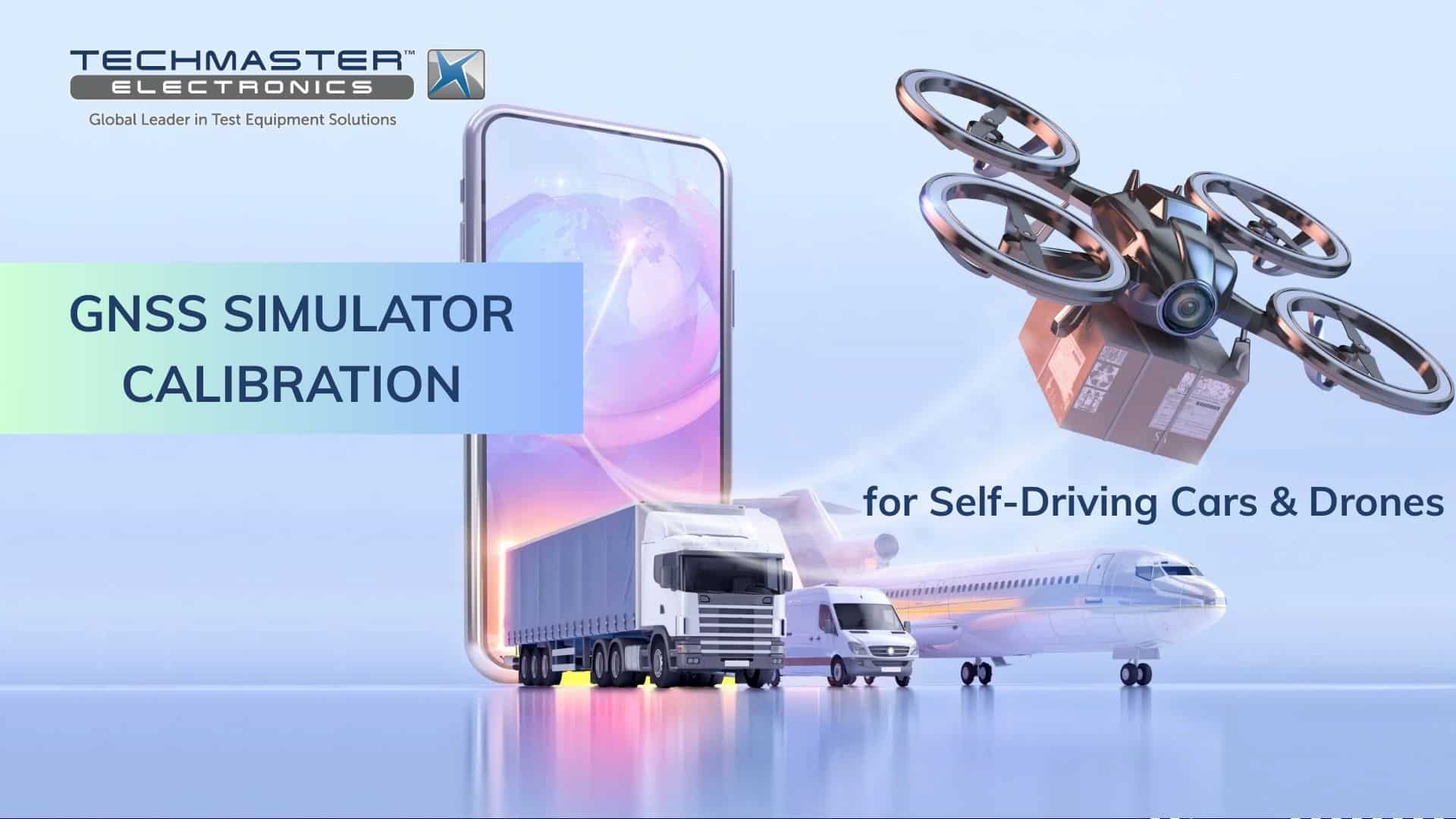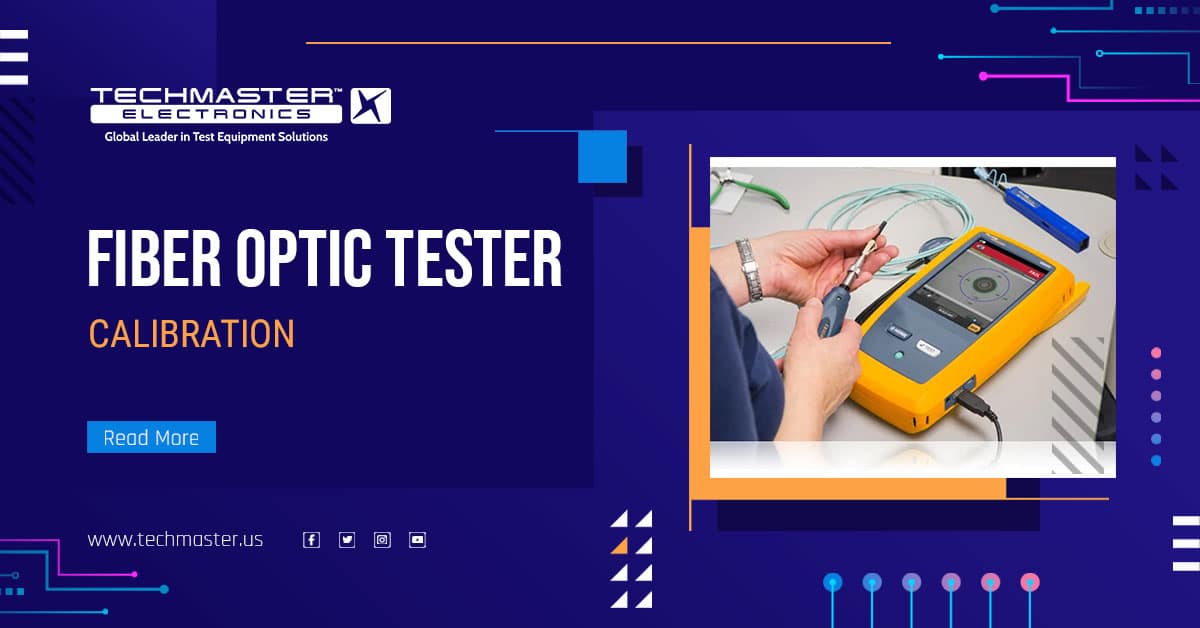In precision-driven industries, even minor measurement errors can lead to costly outcomes—product failures, regulatory fines, or compromised system integrity. Frequency Counter Calibration is a critical step in maintaining the reliability of your measurement systems. Whether you’re operating in aerospace, telecommunications, or electronics R&D, ensuring your frequency counters are properly calibrated helps safeguard both your reputation and your bottom line. With more than 30 years of technical expertise, Techmaster Electronics delivers NIST-traceable and ISO/IEC 17025-accredited frequency counter calibration services designed to meet the highest industry demands.
1. What Is a Frequency Counter and Where Is It Used?
A frequency counter is an electronic measurement device used to determine the frequency of an incoming signal. Depending on the level of precision and application needs, these instruments fall into several categories:
-
Basic Digital Frequency Counters: Used for simple, direct frequency readings.
-
Universal Counters: Handle a range of input signals and functions, ideal for multi-purpose labs.
-
Time Interval Counters: Offer extremely high precision for timing-based measurements.

53220A Universal Frequency Counter
These devices are vital across a wide range of industries:
-
Telecommunications: Monitor carrier frequencies and ensure synchronization in systems like GNSS, base stations, or 5G infrastructure.
-
Electronics & R&D Labs: Validate waveform generators, circuit performance, and embedded systems.
-
Aerospace & Defense: Verify RF signal chains in radar, navigation, or satellite communication systems.
-
Metrology & Calibration Labs: Serve as standards for calibrating signal generators, RF instruments, and oscilloscopes.
At Techmaster, we calibrate a variety of trusted brands, including Keysight, Fluke, Rohde & Schwarz, and more.
2. Why Frequency Counter Calibration Is Essential
Skipping calibration can seem harmless—until measurement errors lead to real-world consequences. Here’s what you risk without proper calibration:
-
Measurement Drift: Over time, components degrade. Even a 0.01% drift in a frequency-sensitive application can disrupt system synchronization or invalidate results.
-
Non-Compliance with Standards: Regulations such as ISO 9001, AS9100, or FDA 21 CFR 820.72 require traceable calibration for audit readiness.
-
Product Failures or Field Recalls: Inaccurate measurements during R&D or production can result in defective products and costly rework.
Regular calibration mitigates these risks by identifying early drift, maintaining compliance, and reinforcing trust in your measurement systems.
Beyond the technical implications, calibration also has strategic business value. For example, maintaining a reliable calibration program demonstrates operational discipline—something clients and auditors consistently look for in supplier evaluations.
3. How Does Frequency Counter Calibration Work?
The calibration process typically follows these steps:
-
Setup and Inspection: The frequency counter is visually inspected and connected to a traceable reference standard, such as a Rubidium frequency source or a Fluke 5700A calibrator.
-
Functional Testing: The device is stimulated with signals across its full measurement range (e.g., from kHz to GHz) to verify accuracy.
-
Data Comparison: Measured results are compared against known NIST-traceable standards.
-
Adjustment or Repair (if needed): If results fall outside the tolerance, adjustments are made or the unit is flagged for service.
-
Documentation: A detailed calibration certificate is issued, including uncertainty data and traceability information.
At Techmaster, we provide both laboratory calibration and on-site services to minimize downtime and maximize convenience.
If your operation runs multiple counters or complex systems, we can also support batch calibrations with synchronized scheduling—reducing equipment downtime without compromising quality.

4. Industry Standards: More Than a Checkbox
Calibrating to global standards is not optional—it’s essential for quality systems and international recognition. Our frequency counter calibration services are aligned with:
-
ISO/IEC 17025: The gold standard for calibration laboratories, ensuring technical competence and traceability.
-
ANSI/NCSL Z540.1: A U.S.-focused standard, particularly important for government and defense applications.
-
NIST Traceability: Guarantees your calibration is linked to the national metrology institute.
These certifications ensure your calibration data withstands regulatory audits and provides assurance to customers and partners alike.
Choosing a provider with these accreditations reduces your administrative burden during audits and helps satisfy requirements for ISO-certified clients and regulatory bodies.
5. In-House vs. Professional Calibration: What’s the Right Choice?
While some organizations consider in-house calibration to save cost or time, the reality is more nuanced:
| Factor | In-House Calibration | Professional Calibration |
|---|---|---|
| Equipment Investment | High (needs standards, setups) | Included in service fees |
| Staff Requirements | Requires trained metrologists | Performed by certified technicians |
| Time & Disruption | Variable, often resource-heavy | Streamlined, handled externally |
| Compliance Assurance | Hard to maintain consistently | ISO 17025 + NIST-traceable by default |
| Risk of Errors | Higher without independent check | Minimal (validated, audited processes) |
Unless you have a fully equipped metrology lab with highly trained staff, outsourcing is safer, faster, and more reliable—especially when audit-readiness is non-negotiable.
6. How Often Should You Calibrate a Frequency Counter?
Calibration intervals depend on several factors:
-
Annual Calibration: A standard benchmark for most users.
-
Semi-Annual Calibration: For harsh environments or mission-critical devices (e.g., RF systems in aerospace or medical diagnostics).
-
Post-Event Calibration: Required after transport, repairs, or major system changes.
Best practice? Follow the manufacturer’s guidelines and your internal Quality Management System (QMS). Techmaster’s team can also help you build a data-driven calibration schedule that minimizes risk and maximizes uptime.
Also, logging performance trends over time allows for predictive maintenance planning—catching problems before they affect production.
7. Cost vs. Value: Why Calibration Is a Smart Investment
Think calibration is just another operational expense? Think again.
Here’s how frequency counter calibration saves money in the long run:
-
Avoid Rework and Downtime: In high-volume production, a single faulty measurement can halt an entire line. Rework costs may exceed 50% of original production costs.
-
Extend Equipment Lifespan: Early detection of drift prevents damage and extends the working life of expensive instruments.
-
Audit-Ready Documentation: Techmaster’s detailed calibration reports help you pass ISO, FDA, and customer audits without last-minute scrambles.
-
Protect Brand Reputation: Accurate, certified equipment signals quality and professionalism to clients and partners.
In short, the ROI of calibration is measurable—and significant.
If you’re managing a large instrument inventory, consider bundled calibration plans for more predictable costs and scheduling efficiency.
8. How to Choose a Frequency Counter Calibration Provider
All calibration labs are not created equal. When evaluating providers, look for:
-
ISO/IEC 17025 Accreditation: Non-negotiable for regulated industries.
-
NIST Traceability: Your measurements are only as good as the standard behind them.
-
Turnaround Time: Techmaster offers 3–5 business day turnarounds, with expedited or on-site service available nationwide.
-
Detailed Reports: Including uncertainty budgets and pass/fail analysis.
-
Support After Calibration: Need clarification? Our tech support is available to assist you post-service.
With 30+ years of cross-industry experience, Techmaster supports calibration needs across telecom, aerospace, electronics, and R&D sectors. Our locations in Vista, Fremont, and Orlando, along with our mobile teams, ensure timely service—wherever you are.
Our calibration management portal also gives clients full visibility into their calibration history, upcoming due dates, and documentation—all in one place.

9. Frequently Asked Questions (FAQ)
Q: How do I know if my calibration meets required standards?
A: Look for ISO/IEC 17025 accreditation and NIST-traceable documentation on your certificate.
Q: What’s the typical turnaround time?
A: Techmaster completes most calibrations within 3–5 business days. Same-day or on-site options are available.
Q: Can I use my equipment during calibration?
A: No. The frequency counter must be disconnected and taken offline during the process.
Q: What if my device fails calibration?
A: We provide adjustment, repair, or replacement advice based on the failure severity.
Q: Is calibration mandatory?
A: In regulated industries (e.g., aerospace, pharma), yes. Otherwise, it depends on your internal QMS and risk tolerance.
Ready to Calibrate? Let’s Talk
Don’t let measurement uncertainty jeopardize your quality or compliance. Contact Techmaster Electronics for professional frequency counter calibration services tailored to your needs.
✅ NIST-traceable
✅ ISO/IEC 17025-accredited
✅ On-site and express options
✅ Trusted by industry leaders
Schedule your calibration or speak with our experts today.











